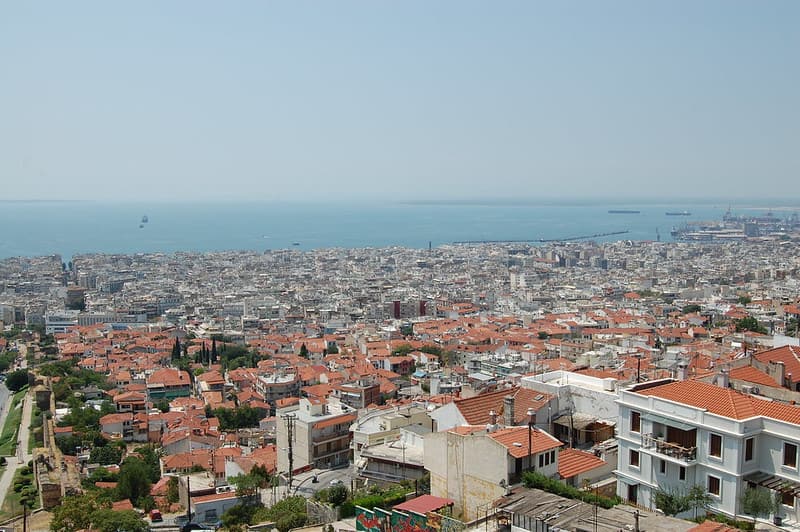The first daily departure from Kastanoussa to Thessaloniki departs at 5:21 a.m, while the last journey of the day leaves at 11:20 a.m. Keep in mind that train schedules can vary from day to day or month to month, so it’s best to check with your preferred provider ahead of time.
Currently, around 210 railway stations in Greece see a daily train service. The national train company, OSE, owns and manages all of them. In terms of connections, it offers both regional and intercity trains to the country’s popular destinations.
Travelers can find fares that are more affordable than air or bus tickets by booking a domestic train ride. In addition to being a cost-effective means of transport, trains are environmentally friendly as they produce less CO2 than other modes of transportation.
Although the Greek rail network is a bit limited, it covers many of the country’s major cities. Moreover, international lines once connected Greece to Serbia and Turkey; these have been suspended though as seen on the map of the country’s railway system below.
Renting a car is a convenient option for exploring the mainland, but doing so may not be possible on some of the nation’s islands due to restrictions on cars (or simply because it’s too expensive). In such cases, taking a ferry is an excellent alternative and can be covered by a Eurail Global Pass. The ferries can also be a great way to reach the mystical realm of Meteora on an overnight tour from Athens.
